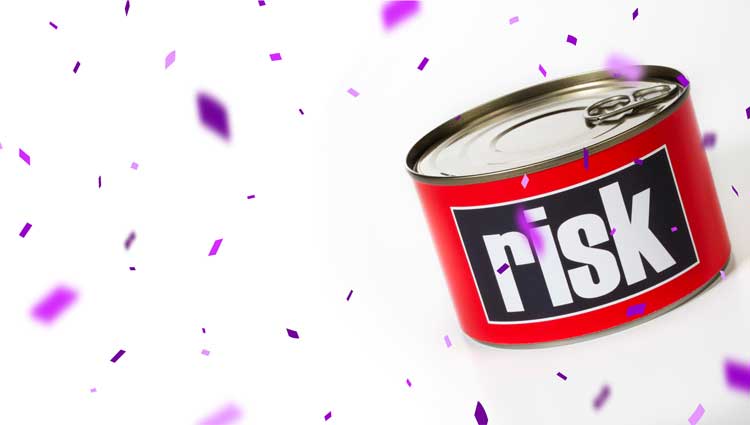The Urgency of Philanthropy: Why Nonprofits Must Rely on Giving, Not Grants
The Changing Funding Landscape
With recent executive orders from the current administration, many in the nonprofit sector are asking: What does this mean for us? Will funding for key causes be slashed? How do we prepare?
It’s understandable to be concerned. But let’s take a step back—how many times have we seen nonprofits scramble over potential government cuts, only for the funding landscape to shift again? This isn’t new. The difference this time? President Trump is more vocal than past leaders. Like his policies or not, at least there’s no second-guessing where he stands. Love him or hate him, his approach is transparent—there’s less guesswork involved in understanding his intentions.
So instead of reacting with fear, let’s ask a better question: What if we stopped relying on government funding altogether?
The Problem with Relying on Government Grants
How much time does your organization spend chasing grants? Writing proposals, submitting reports, waiting months for approval—only to do it all over again when the funding runs out?
Yes, grants can provide short-term relief. But at what cost? What happens when the administration changes? What happens when budgets are cut? What happens when your nonprofit is left out of the next round of funding?
It’s time to stop treating government dollars as a safety net. Because the reality is—they aren’t. Nonprofits that depend on grants are at the mercy of shifting political winds. The ones that thrive? They focus on fundraising.
Nonprofits that depend on grants are at the mercy of shifting political winds. The ones that thrive? They focus on fundraising.
Viken Mikaelian Tweet
The Power of Philanthropy and Planned Giving
If you could choose between a single grant that expires in two years or a loyal donor who gives every year for life, which would you pick?
Philanthropy has always been the backbone of nonprofit sustainability. Unlike government grants, which come with strings attached, donor support provides flexibility, independence, and long-term security.
And yet, many nonprofits overlook one of the most powerful fundraising strategies available: planned giving. Have you ever had a donor say, “I wish I could give more, but I just don’t have the resources right now”? What if they knew they could leave a lasting impact through a bequest? Many donors would gladly include your nonprofit in their estate plans—if only they were asked.
A planned giving program doesn’t just bring in donations; it builds a financial future. And that’s something no government grant can guarantee.
Fundraising is Harder—But the Rewards Are Greater
Let’s be real—fundraising is hard work. Wouldn’t it be easier to just apply for a grant and hope for the best?
Sure, but easy doesn’t mean sustainable. Major gift fundraising requires building relationships. Planned giving takes time to educate donors. Asking for support isn’t always comfortable.
But what’s the alternative? Living in a cycle of uncertainty, hoping that the next administration will prioritize your cause? That’s not a strategy—it’s a gamble. The organizations that focus on fundraising are the ones that take control of their future instead of letting politicians decide it for them.
Every handout comes with strings attached, and eventually, those strings can tighten. Whether it’s welfare or government grants, there’s always a catch. The question is, do you want to control your future—or let someone else dictate it?
And here’s something else to consider: fundraising isn’t just better for your organization—it’s better for your career. Grant writing keeps you in a cycle of busywork, but true fundraising professionals—the ones who build relationships, secure major gifts, and drive philanthropy—are the ones who rise to the top. Few truly succeed in this field, but those who do become invaluable. They don’t just survive in the nonprofit world; they thrive.
Now Is the Time for Bold Philanthropy
So here’s the real question: Are we going to spend the next few years worrying about policy changes, or are we going to take action?
If government cuts happen, nonprofits should not react with fear but with strategy. Now is the time to double down on major gifts, planned giving, and growing a philanthropic base that can weather any political storm.
This means engaging donors in meaningful ways. It means helping them see that their contributions—whether immediate or through a planned gift—can make a lasting difference. And it means encouraging major philanthropists to think beyond individual projects and invest in national organizations that distribute aid at scale.
Stay Informed, Stay Engaged
For those keeping a close eye on policy changes, the National Council of Nonprofits has developed a continuously updated resource to track the impact of recent executive orders. Bookmark it, stay engaged, and be ready to adapt.
But more importantly, let’s stop reacting and start building. Government grants will never be the answer to nonprofit success. Fundraising is.
We don’t need fear to drive action. We need vision. Let’s focus on what truly matters: donor relationships, philanthropy, and securing long-term impact—no matter who is in office. Remember, donors can smell fear.
And just to calm your fears, if you have any—remember that any politician always states the exaggerated case at the beginning, only to compromise over time. That’s how business and politics are done.






